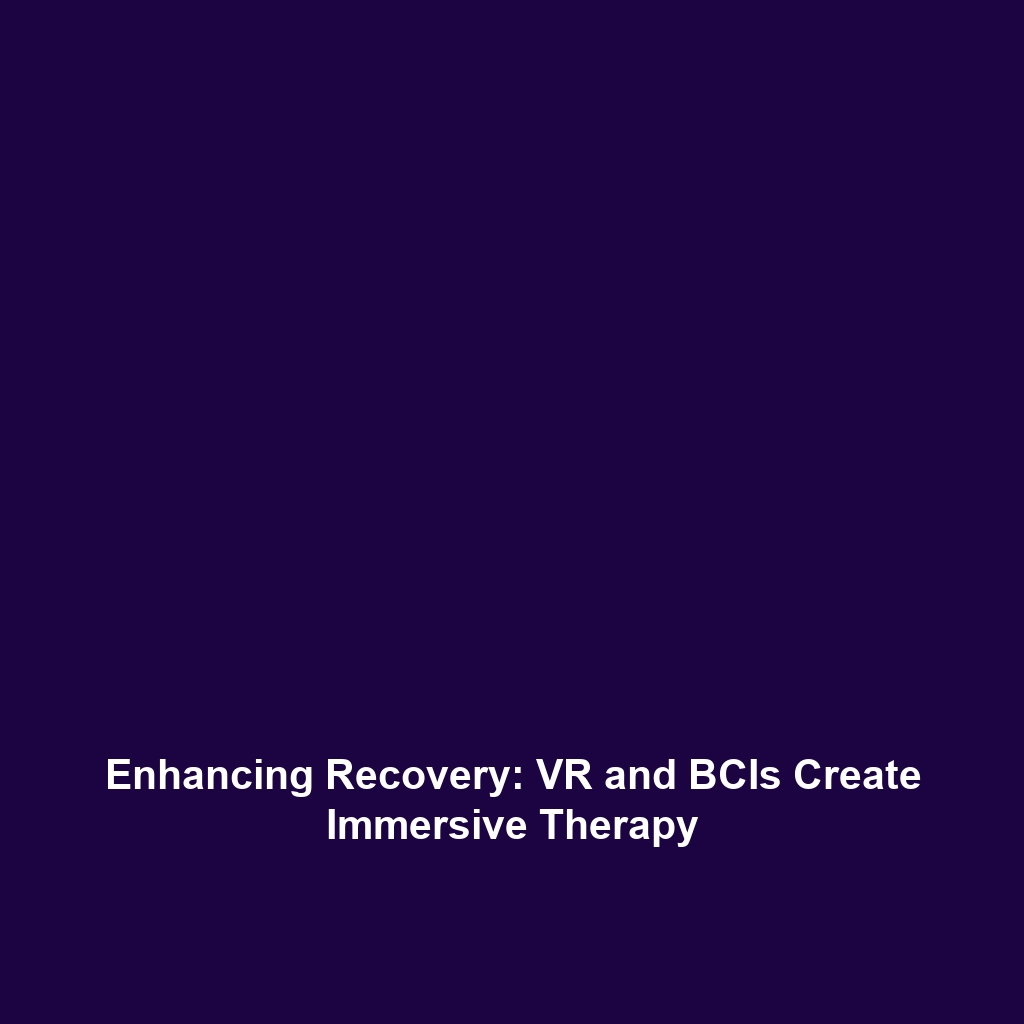Boundary Dam: A Pioneer in Carbon Capture & Storage (CCS)
Boundary Dam is a coal-fired power plant located in Saskatchewan, Canada, that represents a significant advancement in the realm of Carbon Capture & Storage (CCS). Equipped with post-combustion CO2 capture technology, this facility exemplifies efforts to mitigate greenhouse gas emissions while utilizing traditional fossil fuel sources. Boundary Dam plays a pivotal role in demonstrating how CCS can contribute to reducing carbon footprints across the energy sector and provides insights into the future of energy production.
Key Concepts of Boundary Dam and CCS
To better understand the importance of Boundary Dam in the context of CCS, it is essential to delve into several key concepts:
Post-Combustion CO2 Capture Technologies
Boundary Dam utilizes post-combustion CO2 capture technology, which involves capturing carbon dioxide from flue gases after combustion. This process separates CO2 from other gases, preventing its release into the atmosphere.
Integration with Carbon Capture & Storage (CCS)
As part of CCS, Boundary Dam not only captures CO2 but also facilitates its transportation and storage. The captured CO2 is transported via pipeline to be stored underground, where it can be securely contained in geological formations.
Applications and Real-World Uses
Boundary Dam illustrates practical applications of how capturing CO2 can support Carbon Capture & Storage initiatives:
- Power Generation: Boundary Dam generates electricity with a significantly reduced carbon footprint compared to conventional coal-fired power plants.
- Enhanced Oil Recovery (EOR): The captured CO2 is also used for enhanced oil recovery, where it is utilized to extract additional oil from aging fields.
- Data and Research: Boundary Dam serves as a research facility, providing valuable data on the efficiency and scalability of CCS technologies.
Current Challenges
Despite its advancements, Boundary Dam faces several challenges in the application of CO2 capture technology and its integration into CCS:
- Economic Viability: The high costs associated with retrofitting power plants for CO2 capture can deter investment.
- Regulatory Hurdles: Navigating the legislative environment surrounding CCS projects can be complex and varies by region.
- Public Perception: Misunderstandings about CCS technology and concerns over safety and environmental impact can hinder progress.
Future Research and Innovations
Future research at Boundary Dam and in CCS can lead to significant innovations, including:
- Next-Gen Capture Technologies: Continued advancements in materials and processes for CO2 capture that increase efficiency and reduce costs.
- Storage Solutions: Improved methodologies for the safe and lasting storage of captured CO2, including monitoring techniques.
- Policy Impact: Creating supportive regulatory frameworks that encourage investment in CCS technologies.
Conclusion
Boundary Dam stands as a crucial element in the landscape of Carbon Capture & Storage (CCS), demonstrating the potential of post-combustion CO2 capture technology. Its contributions pave the way for a more sustainable energy future while addressing the urgent need for greenhouse gas reduction. To learn more about advancements in CCS and related technologies, visit our related articles.







